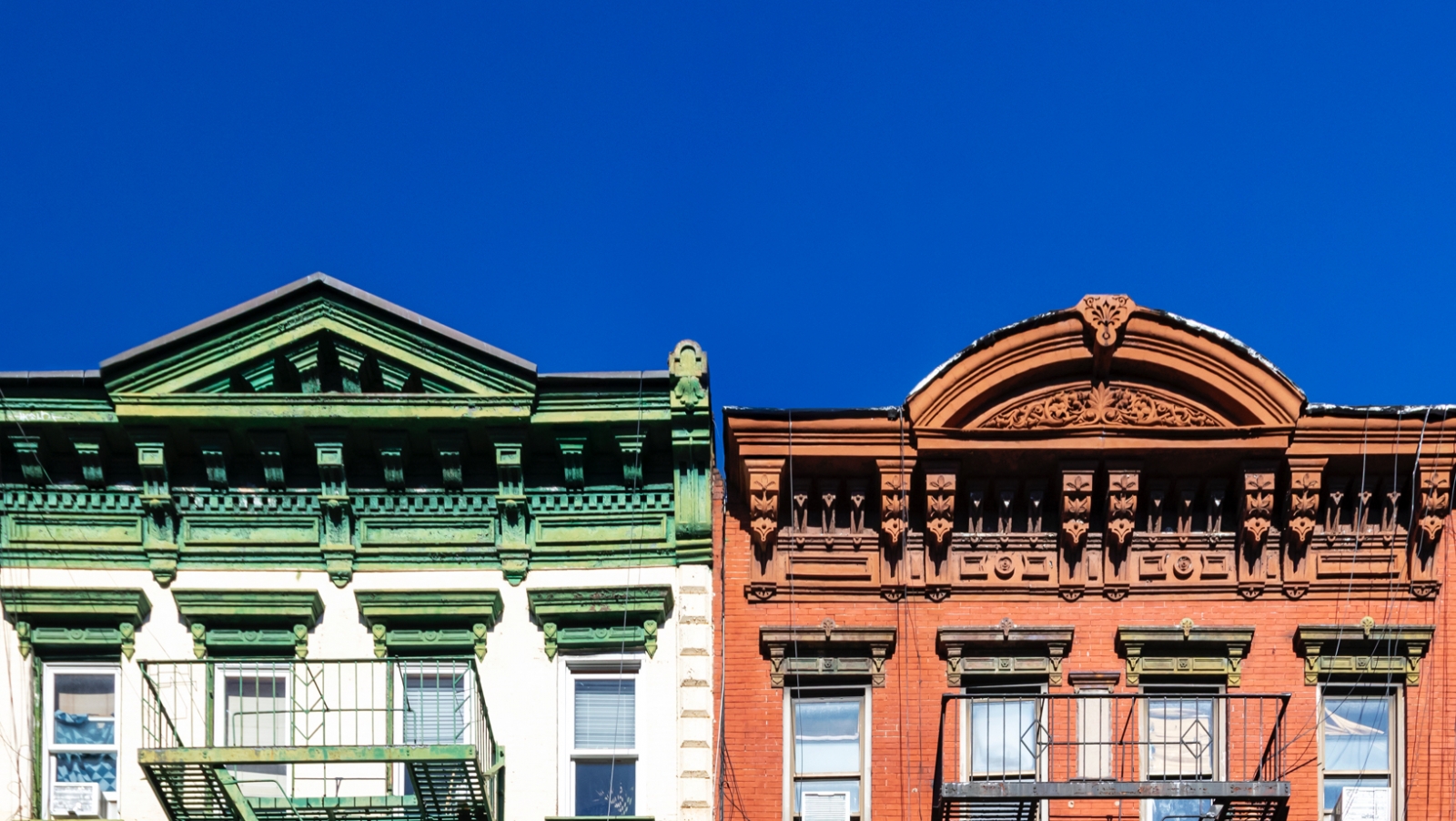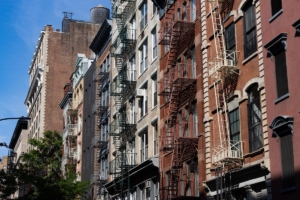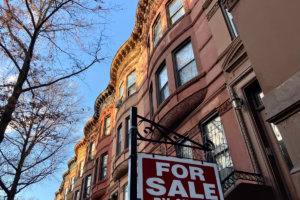
StreetEasy’s October 2019 Market Reports show landlords offering considerably fewer discounts than in years past.
Renters are facing an unusually competitive fall rental season, with fewer discounts offered by landlords and rent growth continuing to increase at record paces, according to StreetEasy’s October 2019 Market Reports [i]. The latest data shows landlords know that would-be buyers are waiting for home prices to come down and are choosing to rent in the meantime, allowing landlords to offer fewer discounts than they normally would this time of year.
According to StreetEasy data, the share of rent cuts typically peaks this time of year — and while October did bring the highest share of discounts of 2019, we have not seen percentages this low in the month of October since 2015. Landlords in Brooklyn offered the fewest discounts, with only 17% of rentals getting a cut, a decrease of 3.1 percentage points from last October. In Queens, this figure fell to 18.1%, down 1.9 percentage points from a year prior. In Manhattan, 23.4% of rentals were discounted, down just slightly from last year (less than a percentage point).
Rent prices were directly correlated with the lack of discounts — in all three boroughs analyzed, rents reached new record highs. The StreetEasy Rent Index [ii] increased the most in Brooklyn, rising 4.3% to $2,720. Queens and Manhattan were not far behind, with increases of 3.4% and 3.1%, reaching record highs of $2,202 and $3,315, respectively.
“The spike in demand for rentals we’re seeing this year means that landlords don’t have to work as hard to attract a tenant this winter season,” says StreetEasy Economist Nancy Wu. “New Yorkers looking to sign a new lease this winter should expect tougher negotiations and fewer concessions, and should be prepared to move when they find the right apartment.”
October 2019 Key Findings — Manhattan
- Rents reached an all-time high. The StreetEasy Manhattan Rent Index jumped 3.1% to $3,315 in Manhattan. Rents rose the most in the Upper West Side [iii] submarket, reaching $3,415 — an increase of 3.0%.
- The share of rent cuts was the highest in the city, though it remained flat over last year at 23.4%. On the Upper East Side [iv], landlords offered fewer discounts — down 2.0 percentage points from last year to 21.7%.
- Median asking rents for 1-bedroom units increased significantly, jumping 9.1% to $3,438. This figure rose the most in Downtown Manhattan [v], the most expensive submarket, with the median asking rent for 1-bedroom rents reaching $3,900 — up 8.3%.
- Home prices dropped. The StreetEasy Manhattan Price Index [vi] dropped 4.0% to $1,095,039. Prices fell the most in the least expensive submarket, Upper Manhattan [vii], down 6.6% to $619,016.
- Fewer sellers cut prices. The share of homes for sale with a price cut was 16.5% in the borough — down 1.4 percentage points from last year. Except for July of this year, this was the most significant drop in price cuts in the borough in five years.
October 2019 Key Findings — Brooklyn
- Rents rose at their fastest pace since 2015. The StreetEasy Brooklyn Rent Index jumped 4.3% to $2,720 — the fastest pace of growth in the city. Rents in North Brooklyn [viii] rose the most, as the area rebounded from the canceled L-train shutdown, up 4.3% from last year to $3,208.
- The fewest rent cuts were offered by landlords. The share of rent cuts dropped 3.1 percentage points in the borough, down to 17.0% — the lowest share of the boroughs analyzed.
- North Brooklyn 1-bedroom asking rents spiked. The median asking rent for a 1-bedroom apartment in North Brooklyn jumped 19.1% to $3,200. This significant price jump is likely due to the submarket returning to normalcy following the cancellation of the L-train shutdown.
- Home prices were unchanged. Brooklyn price growth remained flat at $702,517.
- The share of price cuts dropped the most since 2014. Some 4% of sellers made a price cut in the borough — 2.2 percentage points fewer than last year. Potential buyers were more likely to find price reductions in North Brooklyn, where the share of price cuts jumped 5.2 percentage points to 19.7%.
October 2019 Key Findings — Queens
- Rents reached a record high. The StreetEasy Queens Rent Index reached a new high of $2,202, a 3.4% rise from last year. Rents were up 3.2% in Central Queens [ix], where they reached $2,162 — the largest increase in the borough.
- Fewer than 1 in 5 rentals were discounted. The share of rent cuts decreased 1.9 percentage points to 18.1%. Renters were most likely to find discounts in Central Queens, where the share of rent cuts remained stagnant at 20.6%.
- Median asking rent for 1-bedrooms increased. Landlords increased their asking prices for 1-bedroom apartments by 3.9% in the borough, with the median asking rent reaching $1,975.
- Price growth continued to slow. As it has for roughly 18 months, the pace of price growth continued to slow in the borough, with prices remaining stagnant from last year at $507,921.
- Queens had the fewest price cuts in the city. The share of price cuts in the borough decreased 1.2 percentage points to 12.4% — the lowest share of all boroughs analyzed.
Definitions of StreetEasy’s metrics and monthly data from each report can be explored and downloaded via the StreetEasy Data Dashboard.
[i] The StreetEasy Market Reports are a monthly overview of the Manhattan, Brooklyn and Queens sales and rental markets. Every three months, a quarterly analysis is published. The report data is aggregated from public recorded sales and listings data from real estate brokerages that provide comprehensive coverage of Manhattan, Brooklyn and Queens, with more than a decade of history for most metrics. StreetEasy tracks data for all five boroughs within New York City, but currently only produces reports for Manhattan, Brooklyn and Queens.
[ii] The StreetEasy Rent Indices are monthly indices that track changes in rent for all housing types and are currently available from January 2007 in Manhattan, January 2010 in Brooklyn, and January 2012 in Queens. Each index uses a repeat-sales method similar to that used to calculate the StreetEasy Price Indices. The repeat method evaluates rental price growth based on homes in a given geography that have listed for rent more than once. Read more on our methodology.
[iii] The Upper West Side submarket includes Lincoln Square, Upper West Side, Manhattan Valley and Morningside Heights.
[iv] The Upper East Side submarket includes Lenox Hill, Upper East Side, Yorkville, Carnegie Hill and Upper Carnegie Hill.
[v] The Downtown Manhattan submarket includes Civic Center, Financial District, Tribeca, Stuyvesant Town/PCV, SoHo, Little Italy, Lower East Side, Chinatown, Battery Park City, Gramercy Park, Chelsea, Greenwich Village, East Village, West Village, Flatiron and Nolita.
[vi] The StreetEasy Price Indices track changes in resale prices of condo, co-op, and townhouse units. Each index uses a repeat-sales method of comparing the sales prices of the same properties since January 1995 in Manhattan and January 2007 in Brooklyn and Queens. Given this methodology, each index accurately captures the change in home prices by controlling for the varying composition of homes sold in a given month. Levels of the StreetEasy Price Indices reflect average values of homes on the market. Data on the sale of homes is sourced from the New York City Department of Finance. Read our full methodology.
[vii] The Upper Manhattan submarket includes Central Harlem, East Harlem, Hamilton Heights, Inwood, Morningside Heights, Washington Heights and West Harlem.
[viii] The North Brooklyn submarket includes Williamsburg, East Williamsburg and Greenpoint.
[ix] The Central Queens submarket includes Woodside, Jackson Heights, East Elmhurst, North Corona, Elmhurst, Corona, Maspeth, Middle Village, Ridgewood, Glendale, Rego Park and Forest Hills.
—
Inspired to find your next place in New York? Whether you’re looking to rent or to buy, search NYC apartments on StreetEasy.









